
Why are consumers increasingly selective about the nutritional quality of their dietary supplements, functional foods and beverages, cosmetics and even their beloved pet’s food? Previously, consumer focus was on taste, aroma, appearance and mouthfeel. Now with every choice, cause and effect also come into play. Does this taste good and is it good for me too? Will it help improve my health and well-being? Will it energize me or make me sluggish? Will it help me lose weight? Consumer demand is now driving product developers and manufacturers to prioritize the nutritional content of their ingredient choices. This brings us to flavonoids, a group of healthful substances which are currently a hot topic.
Flavonoids are a large group of polyphenolic plant compounds that contribute to the colorful pigments in fruits, vegetables, flowers, bark, stems, leaves, roots and grains. Flavonoids assist with the growth and development of plants, help the plant fight environmental stresses, and those found in fruits and flowers attract pollinators. 1, 2 The general rule is that the more colorful the food the higher the flavonoid content. Research studies have identified more than 6,000 flavonoids, and these are “considered as an indispensable component in a variety of nutraceutical, pharmaceutical, medicinal and cosmetic applications”. 3
Flavonoids are divided into six major subclasses: flavanols (or catechins), flavones, flavonols, flavanones, isoflavonoids and anthocyanidins.
| Flavonoid Class | Product |
|---|---|
|
Flavones are found in leaves, flowers and fruits as glucosides. Luteolin, apigenin and tangeritin are examples of flavones, while others such as tageretin, nobiletin and sinensetin are found in citrus fruit peels.
| 
Cayenne Powder (organic) |
|
Flavonols are flavonoids with a ketone group, and are the building blocks of proanthocyanins. The most studied flavonols are kaempferol, quercetin, myricetin and fisetin.
| 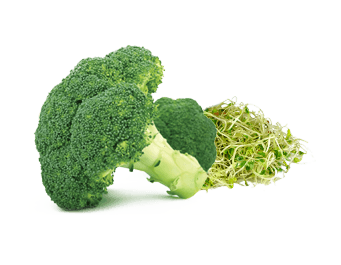
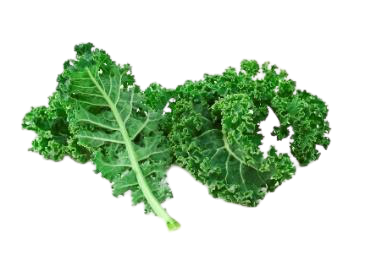
|
|
Flavanones cause the bitter taste in citrus fruit peel. Hesperitin, naringenin and eriodictyol are examples of flavanones.
| 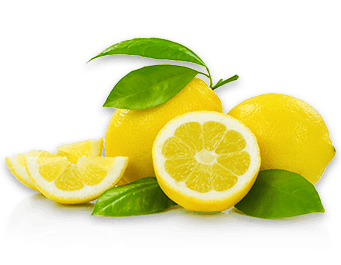
|
|
Flavanols, also known as catechins, are the 3-hydroxyflavone derivatives of flavanones. Examples include epicatechin gallate, epigallocatechin, epigallocatechin gallate, proanthocyanidins, theaflavins and thearubigins.
| 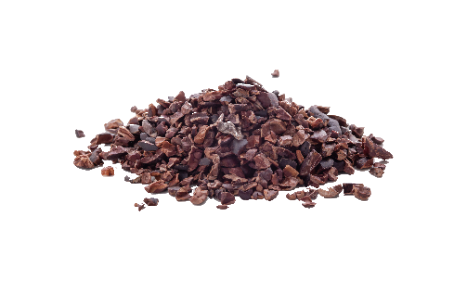
Cacao nibs (organic, raw) 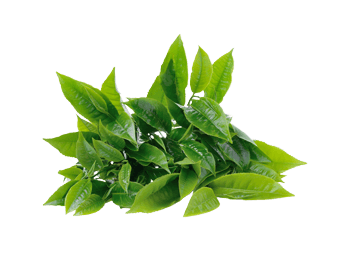
|
|
Isoflavonoids are a large subgroup of flavonoids sometimes called phytoestrogens.
| 
|
|
Anthocyanidins are pigments responsible for the color of plants, flowers and fruits. Cyanidin, delphinidin, malvidin, pelargonidin and peonidin are the most commonly studied.
| 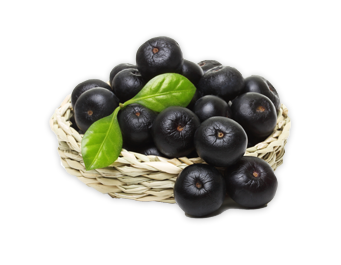
Acai Freeze Dried Powder (organic) 
|
NP Nutra® offers an excellent selection of premium flavonoid-rich ingredients for innovative product formulations in the Functional Food and Beverage, Dietary Supplement, Cosmetic, Personal Care and Pet Food markets.
For further information check in with your Account Manager or search our All Products page.
References:
1 Griesbach, R (2005) Biochemistry and genetics of flower color. Plant Breed Rev 25, 89–114
2 https://lpi.oregonstate.edu/mic/dietary-factors/phytochemicals/flavonoids#references
3 https://www.cambridge.org/core/journals/journal-of-nutritional-science/article/flavonoids-an-overview/C0E91D3851345CEF4746B10406908F52/core-reader#





